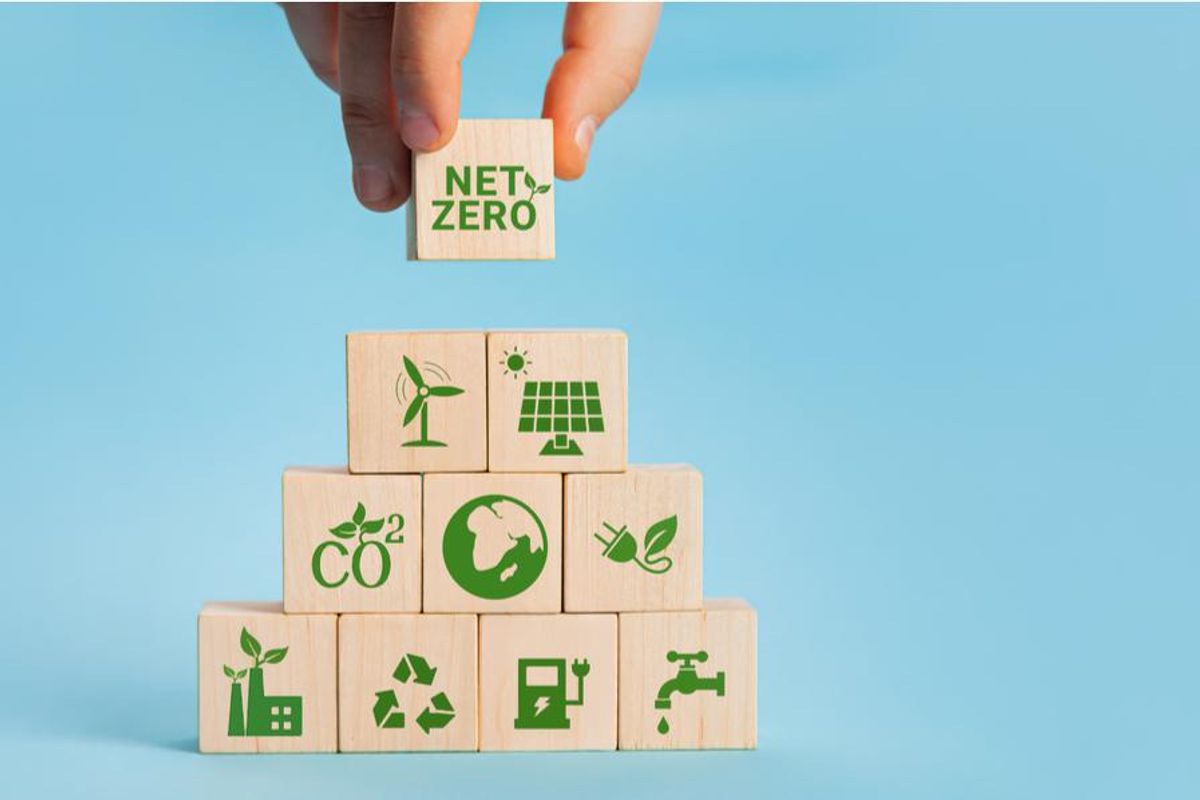Who Will Finance the Energy Transition's Mining Projects?
“The issue is that it seems to be easier to raise money if you're building a gigafactory than if you are building a mine," said Simon Moores of Benchmark Mineral Intelligence.

Lithium-ion batteries are at the forefront of the electric vehicle and energy storage revolution, and they've been attracting more attention as governments continue looking for ways to phase out fossil fuels in favor of greener energy sources.
As the platform technology for the energy transition, lithium-ion batteries feed into three core industries — electric vehicles, solar energy and wind energy — but the sector is also still being built from scratch, Benchmark Mineral Intelligence CEO Simon Moores said during a keynote at the Battery Gigafactories Europe event in March.
“When you look at the amount of critical minerals supply that goes into this one technology, there are five key critical minerals supply chains that have to be scaled: lithium, nickel, cobalt, graphite and manganese,” he said. “These are specialty chemicals — they are not just commodities, not just minerals. So that's a challenge.”
According to Benchmark Mineral Intelligence data, there are 187 gigafactories active today, up from 144 just two months ago.
“187 gigafactories active with a total capacity of 1.7 terawatt hours … that cost US$150 billion to get to that level,” Moores said. “The issue is that it seems to be easier to raise money if you're building a gigafactory than if you are building a mine.”
To reach net-zero goals by 2050, the industry will need to grow to a maximum of 20 terawatt hours.
“At a maximum of 20 terawatt hours, how much money will be needed? If we add battery cells, gigafactories, all the way up to the mine, it's about US$5 trillion,” Moores said. “Sounds like a lot, but if you take the entire energy transition into account that will cost about US$100 trillion … 5 percent of the energy transition tab is lithium-ion batteries.”
For Moores, of the US$5 trillion that is needed, one-third should be allocated to battery capacity and two-thirds to the upstream.
“The money and the thinking needs a shift from the mid-low to mid-hundreds of millions (of dollars) into the early billions if we are to stay on track for this energy transition,” he told the audience in Budapest. “What we're building today is just the start. It might feel like it's a far cry from where we were five years ago, but actually it is just the start and it is happening.”
Financing remains a key challenge for raw materials
According to Benchmark Mineral Intelligence, if the world is to meet the increasing demand for battery metals, 59 new lithium mines, 62 new cobalt mines and 72 new nickel mines will be needed by 2035 (without including recycling).
However, financing, together with permitting, is still a hurdle for projects to come online. Discussing the roadblocks to securing investments during a panel at the Battery Gigafactories Europe conference, Franklin Templeton’s Anthony Tse said that one of the biggest challenges is the lack of talent and the lack of experience.
Today demand is growing at a pace whereby somewhere between 10 and 12 new projects must come online every single year, Tse said. He was formerly the managing director and CEO of Galaxy Resources, which is now Allkem (ASX:AKE,OTC Pink:OROCF).
“We don't have enough roadmaps to execute on these projects going forward,” he pointed out. "And therefore, that's also going to be creating a hindrance, both from an equity side, but also from a debt provider side."
Societe Generale's (OTC Pink:SCGLF,EPA:GLE) Csaba Bellay also spoke about financing for the energy transition during the Hungary-based event. Sharing his thoughts with the audience, he said that when it comes to difficulties financing projects, currently it really comes down to the four cornerstones of structured finance.
“Who's going to build your project? What's the project going to sell? Who's going to buy the stuff that you're building? Where is the technology going to come from?” he said. “Raw materials is the most important part of these four lists, particularly in Europe.”
For Nishant Das of Standard Chartered (LSE:STAN,OTC Pink:SCBFF), the key challenge will be education.
“I think, ultimately, for project finance to succeed, we need to have an established risk allocation which works. The standards are not quite there,” he said. “So it's a question of banks — project finance banks — working closely with industry players and trying to put in place those frameworks, and the initial deals are the hardest.”
Also sharing his insight on financing challenges was Tim Van Pelt of ING (NYSE:ING), who said the path to success is quite narrow.
“All stars need to align to make these types of things work. That equally holds true, or maybe even more so, for the projects that need to come online for the upstream,” he said. “It's clear that if you have any kind of shiny gigafactory, but you don't have supply, nothing really matters anymore — it doesn’t work.”
Don’t forget to follow us @INN_Resource for real-time updates!
Securities Disclosure: I, Priscila Barrera, hold no direct investment interest in any company mentioned in this article.






